#death and the miser by hieronymus bosch
Text


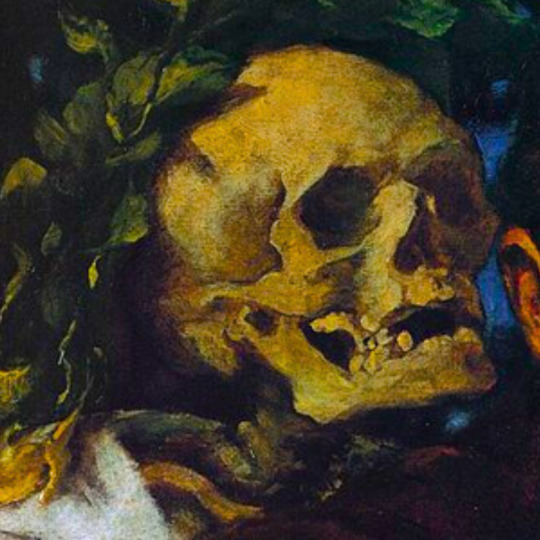
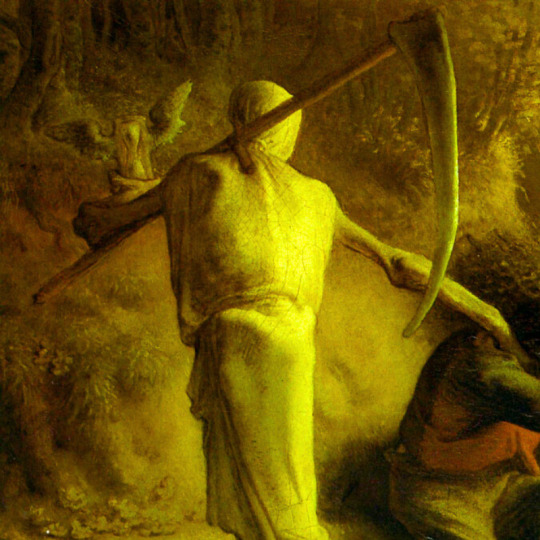
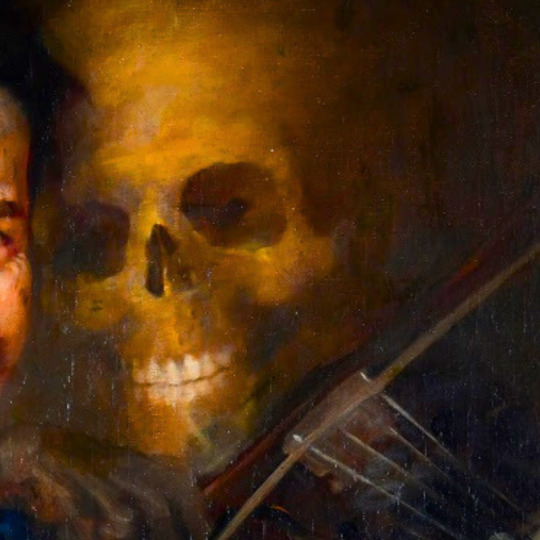

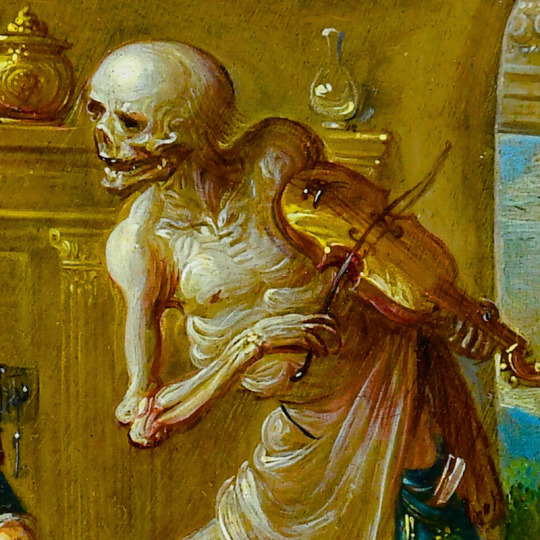
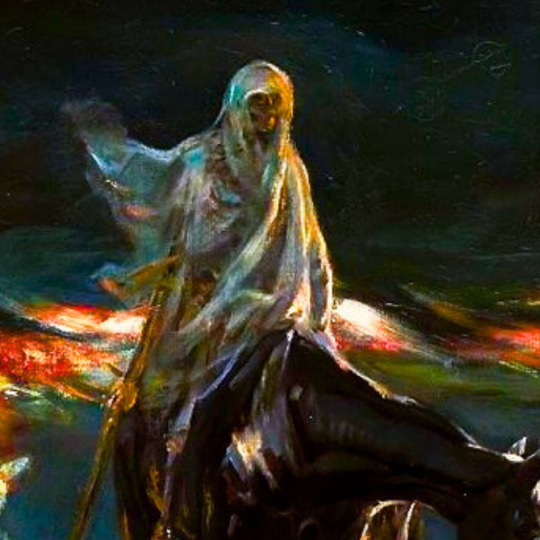


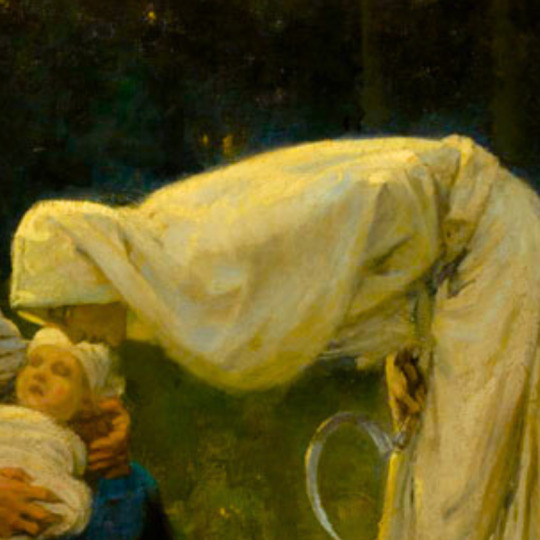
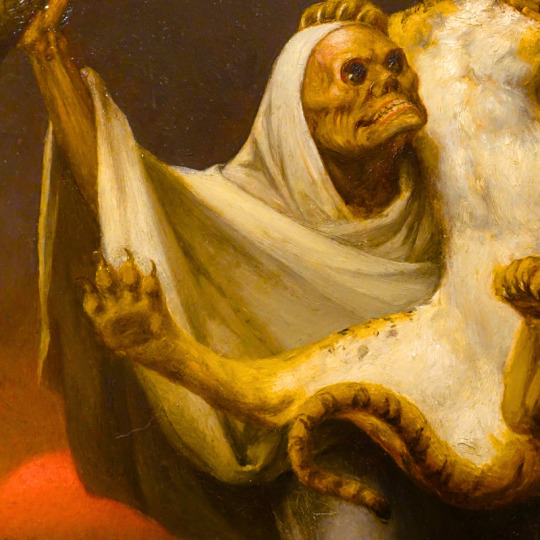


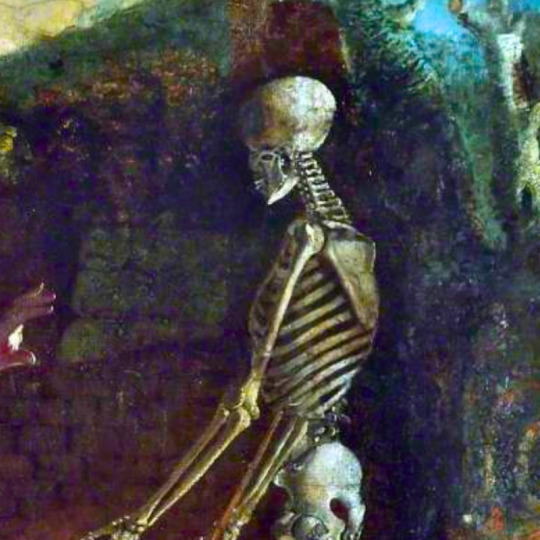

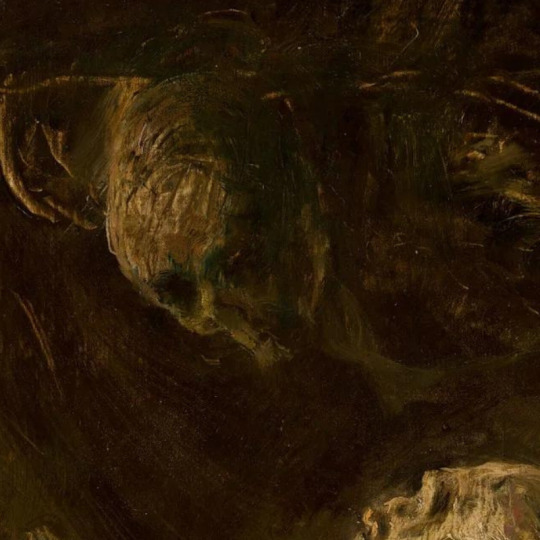


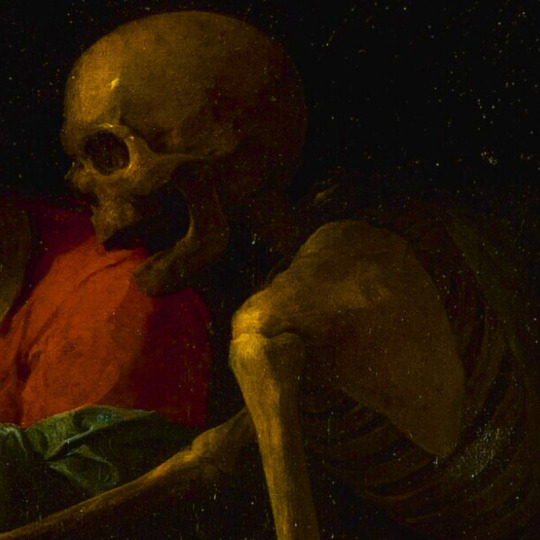

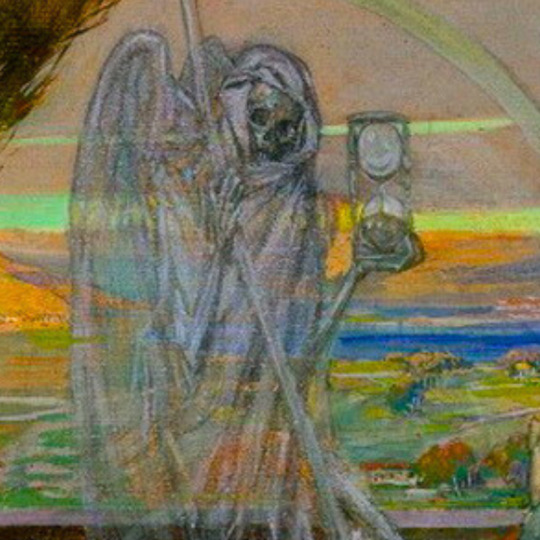
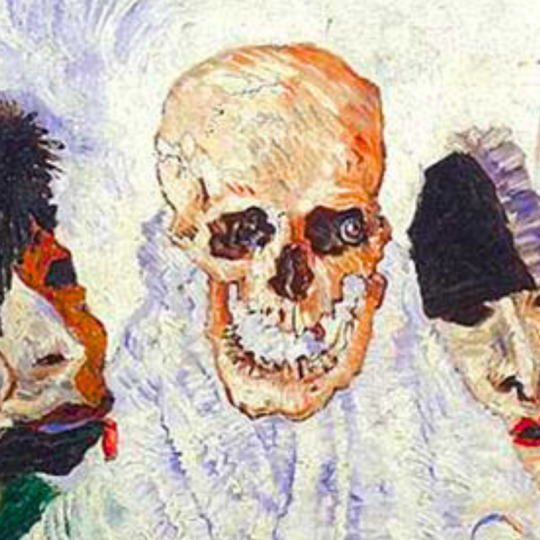
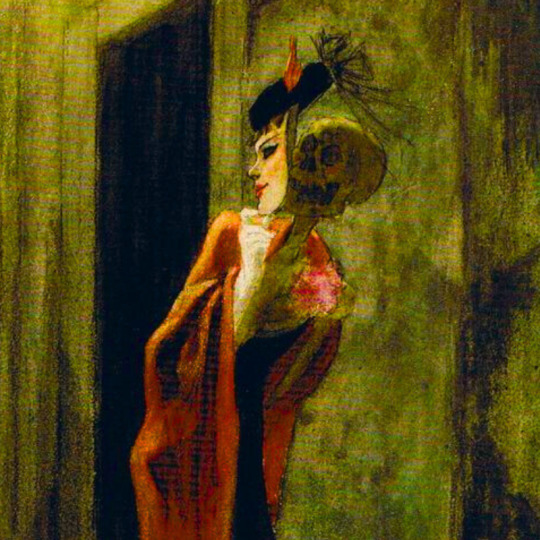
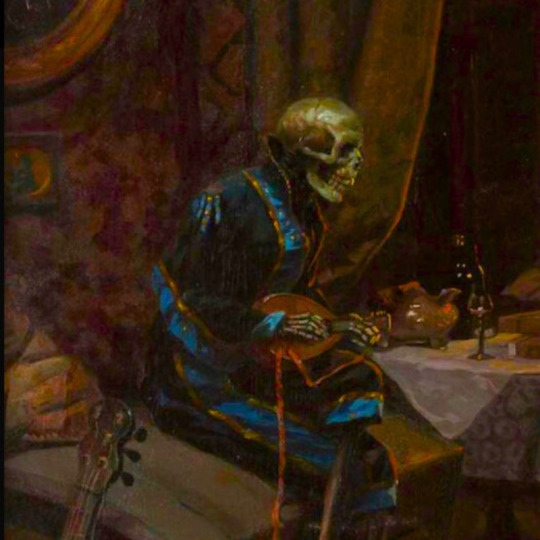




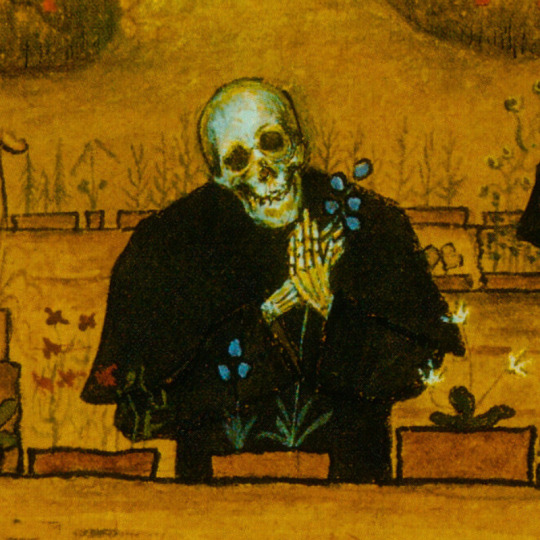
memento mori
#the ballad of lenora by horace vernet#the reaper by stevan aleksic#self portrait with love and death by hans thoma#death and the woodcutter by jean francois millet#self portrait in a tavern by steven aleksic#self-portrait with death playing the fiddle by arnold bocklin#death playing the violin by frans fracken#death and conflagration by albert chmielowski#death and life by gustav klimt#death on the pale horse by gustave dore#death by janis rozentals#power of death by william holbrook beard#death as a general rides a horse on a battlefield by edgar bundy#death vistor by adolph menzel#the old man and death by joseph wright derby#the old man and death by sobeslav pinkas#old man's death by laszlo mednyanszky#smierc by jacek malczewski#death and the miser by hieronymus bosch#death comes to the table of the miser by giovanni martinelli#konec vsech veci by maximilian pirner#a sickly female overlooking a beautiful view by richard tennant cooper#death and the masks by james ensor#the human paraody by felicien rops#the drinker by e plontke#death and the soldier by hans larwin#ahasuerus at the end of the world by adolf hiremy-hirschl#the last friend by zgymunt andrychiewicz smiierc#angel kills firstborn by ilya repin#garden of death by hugo simberg
895 notes
·
View notes
Text

Death and the Miser
— by Hieronymus Bosch (1450-1516)
#painting#art#art history#october#spooky#autumn#halloween#oil on canvas#oil painting#illustration#chaotic academia#dark academia#artist#artblr#art community#art gallery#artists#historical painting#historical art#classical art#fairycore#aesthetic#dark academia aesthetic#chaotic academia aesthetic
600 notes
·
View notes
Text
so today is my kid’s 23rd birthday, so we went down to dc to see the sights and take in a few museums (kid’s choice). this was probably our first mistake. it was over 100f out there today. meltin’ weather!
we went right for the air and space museum because we love that place, but it’s still having major renovations done and we didn’t realize you need a TIMED ADMISSION PASS to get in right now. they were all gone for today. so we didn’t go in.
so we went across the mall to the national gallery of art. which is also undergoing extensive renovations and it would’ve been nice to know the main entrance was closed before we hiked down there only to find we had to hike back to the opposite end of the massive building in the 100 degree heat. but we made it. i got to see dali’s sacrament of the last supper, hieronymus bosch’s death and the miser, assorted rembrandts, and the only painting by leonardo da vinci in north america. always fun! but we were hungry, and in our hunger half our group was confused about our plans. this led to miscommunication that led to half our group not realizing we’d gone for lunch. oops. eventually everyone ate, and we decided collectively to head toward the natural history museum.
the natural history museum was... really crowded. as expected. but it was also getting on everyone’s last nerves. so we decided to skip the american history museum and just start for home and relaxation.
so we hiked back to the metro, waited for the train, made it about halfway back when they started holding us for an extra two minutes at every stop. fine, weird, but not too bad yet.
and then we hit the Medical Center station between NIH and the Naval Hospital... i used to work there, and forgot how long that escalator is lol, but i got a refresher on it today. Because they stopped the train and were like OKAY EVERYONE OUT WE CAN’T GO ANY FURTHER BECAUSE THE TRACK IS ON FIRE AHEAD.
THE TRACK. WAS ON FIRE.
this is how hot it was today.
like you could smell the weird burning smell in the station tunnel. this led (with a full early rush-hour crowd on the train) to Mass Confusion. Wait why are we getting off here? Where do we go now? Apparently where we went was onto busses that ferried us two train stations further up the line where we could get on a train again.
And those busses were running through... DC rush hour traffic! which meant the two station jaunt that would’ve taken 5 minutes on the train took half an hour! but again, i got to see the old stomping grounds a bit, so annoying as it was, it wasn’t horrific.
We finally got off, found our car, and headed into the final leg of our journey home. Through rush hour traffic! And a thunderstorm that apparently knocked down some trees! and an accident that closed all but one lane on the expressway!
but at least it’s now 30 degrees cooler, and i’m finally home again. i didn’t even get a new picture of myself with my favorite giant ground sloth skeleton. :(
But i had a delicious quiche lorraine in the sculpture garden cafe and got a really superb photo of mr mittens eating a sandwich, so have that i guess :’D

hopefully i won’t have to leave the house at all tomorrow...
25 notes
·
View notes
Text
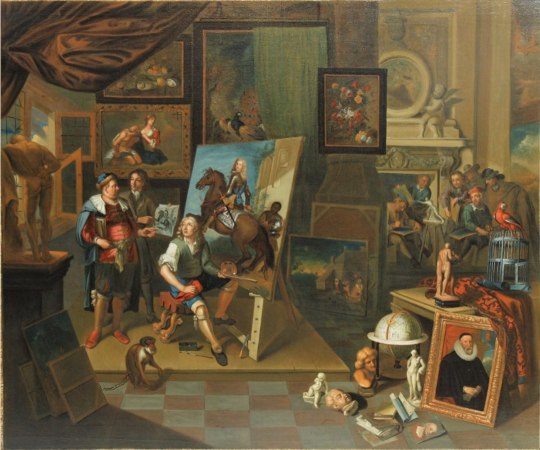
Dominicus Smouts - Artist in his studio -
Dominicus Smout or Dominicus Smouts (before 1671 – 1742 or later) was a Flemish painter of genre scenes who was active in Antwerp between 1683 and 1733.
Although Smout had a fairly long career, very few works are currently attributed to him. While he has been described by some as a history painter, the works currently ascribed to him are all genre paintings mainly dealing with two subjects: artist studios and the miser.
The artist studio genre developed in the 15th century in the Low Countries when artists starting representing themselves in elevated historical guises, either as the Evangelist Luke painting Mary and the Infant Jesus or as famous painters from antiquity such as Apelles, painter to Alexander the Great. In the 17th-century Dutch painters inverted the traditions of the two preceding centuries by rejecting historical guises and idealised settings and substituting more direct, true-to-life images of the painter at work. In Flanders, important practitioners of the genre were Gerard Thomas and Balthasar van den Bossche and some of Smout's works have occasionally been attributed to these better known artists.
The theme of the miser and, in particular 'death and the miser', goes back to the 15th century Netherlandish art. An example is the work Death and the Miser by Hieronymus Bosch dated to 1494 or later. A number of Smout's works deal with this theme. As is common in the treatment of this subject matter, Smout uses it to include lavish still lifes of precious objects such as expensive metal plates, antiques, globes, coffers likely filled with coins or other treasury, etc., which are then combined with vanitas symbols such as still lives of game (referencing death) and even the physical entry of Death itself in the form of a skeleton. A painting depicting A philosopher in his studio, which contains similar imagery as the miser pictures, was sold at Bonhams (18 January 2012, London, lot 238) as 'Circle of Balthasar van den Bossche' but has now been attributed to Dominicus Smout.
11 notes
·
View notes
Text
i can't stop thinking about part VI chapter VI of crime and punishment where dostoevsky abandons raskolnikov's perspective and we follow svidrigailov for a chapter.

his motivations are so inscrutable, his journey so haunting and twisted, his death so powerful. i respect that dostoevsky took us on this surreal ride through st. petersburg with a man who is arguably the manifestation of evil, and i don't know if i'll ever truly reach the bottom of this endlessly fascinating chapter. i think of his three fever dreams nearly every day--the rats, the girl in the coffin in the beautiful house, and the child in the hallway. what a fascinating and terrible mind.
section of "death and the miser" by hieronymus bosch.
30 notes
·
View notes
Text

"Death and Miser" : Hieronymus Bosch (c. 1450-1516) was a Dutch/Netherlandish painter .
2 notes
·
View notes
Link
0 notes
Text

Death and the Miser by Hieronymus Bosch, oils, 1490-1516
(all images I found were as blurry as this...)
0 notes
Text
I'm in Washington, so I chose to visit the National Gallery of Art in Washington, DC. When I passed the painting "Death and the Miser", I was deeply attracted by its unique theme. Death and the Miser is a Northern Renaissance painting, painted in Northern Europe by Hieronymus Bosch between 1490 and 1516. This is a memory painting about death. The content of the painting depicts a dying miser. Standing by the bed, the angel tries to turn his attention to the cross on the window, but is drawn to a bag of gold coins sent by the devil. Next to the bed is a safe for storing belongings, and inside it hides the terrible ghost of hell. The painter Hieronymus Bosch seems to want to use this painting to satirize those greedy misers. They could not see God until they died, and could only be seduced and captured by the devil called greed before them, and died in depression. This painting shows "Ars moriendi", popular in the 15th century, an idea designed to help Christians choose Christ over worldly and sinful pleasures. A pair of skeletons emerge from the closet on the left, with arrows pointing towards the dying man. There's an evil creature peeking over the canopy of the bed with a lantern, and a "devil" gives the man a big bag of coins. These all represent the demon named Greed. The safe at the end of the bed, perhaps the miser's life's ill-gotten money, was inhabited by ugly demons. An angel puts one hand on the man's shoulder and reaches out to the light from the window on the left, where a statue of the cross representing the reborn Jesus also hangs. But men are completely unable to take their attention away from their money bags, which means they don't want to be saved by God and let themselves fall.

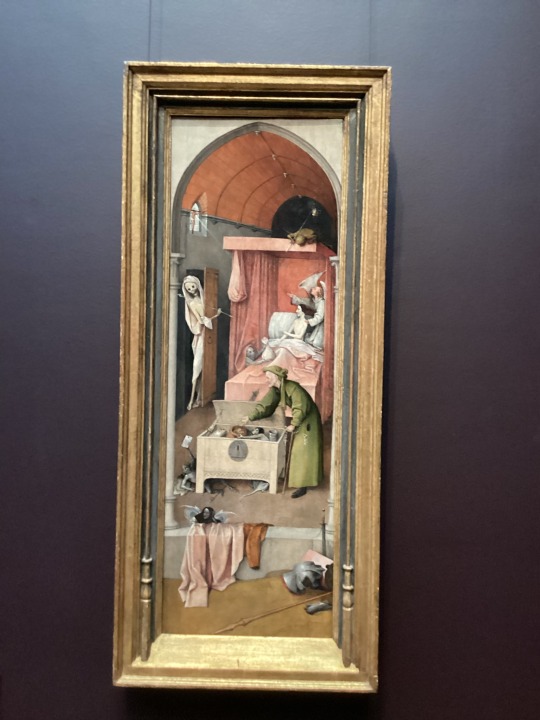

0 notes
Photo

HIERONYMUS BOSCH, Death and the Miser, c. 1485/1490
In this panel Bosch shows us the last moments in the life of a miser, just before his eternal fate is decided. A little monster peeping out from under the bed–curtains tempts the miser with a bag of gold, while an angel kneeling at the right encourages him to acknowledge the crucifix in the window. Death, holding an arrow, enters at the left.
Oppositions of good and evil occur throughout the painting. A lantern containing the fire of Hell, carried by the demon atop the bed canopy, balances the cross which emits a single ray of divine light. The figure in the middle ground, perhaps representing the miser earlier in his life, is shown as hypocritical; with one hand he puts coins into the strongbox where they are collected by a rat–faced demon, and with the other he fingers a rosary, attempting to serve God and Mammon at the same time. A demon emerging from underneath the chest holds up a paper sealed with red wax — perhaps a letter of indulgence or a document that refers to the miser's mercenary activities.
This type of deathbed scene derives from an early printed book, the Ars Moriendi or "Art of Dying," which enjoyed great popularity in the second half of the fifteenth century. The panel may have been the left wing of an altarpiece; the other panels — now missing — would have clarified the meaning of some aspects of the scene, such as the discarded and broken armor and weapons in the foreground.
https://www.nga.gov/collection/art-object-page.41645.html
3 notes
·
View notes
Text

Hieronymus Bosch
The Wedding at Cana with Exempla ("The Cana Triptych")
Right inner wing: Death and the Miser (detail)
c. 1500-1510
#Hieronymus Bosch#the wedding at cana#the cana triptych#art#illustration#16th century#16th century art#death and the miser#dark art#death#miser#detail
28 notes
·
View notes
Photo






Death and the Miser (and details)
by Hieronymus Bosch
7 notes
·
View notes
Photo

Goose and the Miser
Buy a print on Redbubble: Goose and the Miser
Buy the book on Etsy: Modern Masterpieces of the Misunderstood Goose
#Hieronymus Bosch#Death and the Miser#goose#geese#sebastopol goose#emden goose#canadian goose#digital art
6 notes
·
View notes
Photo

Hieronymus Bosch - Death and the Miser (1485-90)
95 notes
·
View notes
Photo

Hieronymus Bosch, Death and the Miser, circa 1500
Source
#art#skeleton#skull#death#death and the miser#la mort de l'avare#jérome bosch#hieronymus bosch#painting#1500
8 notes
·
View notes
Photo
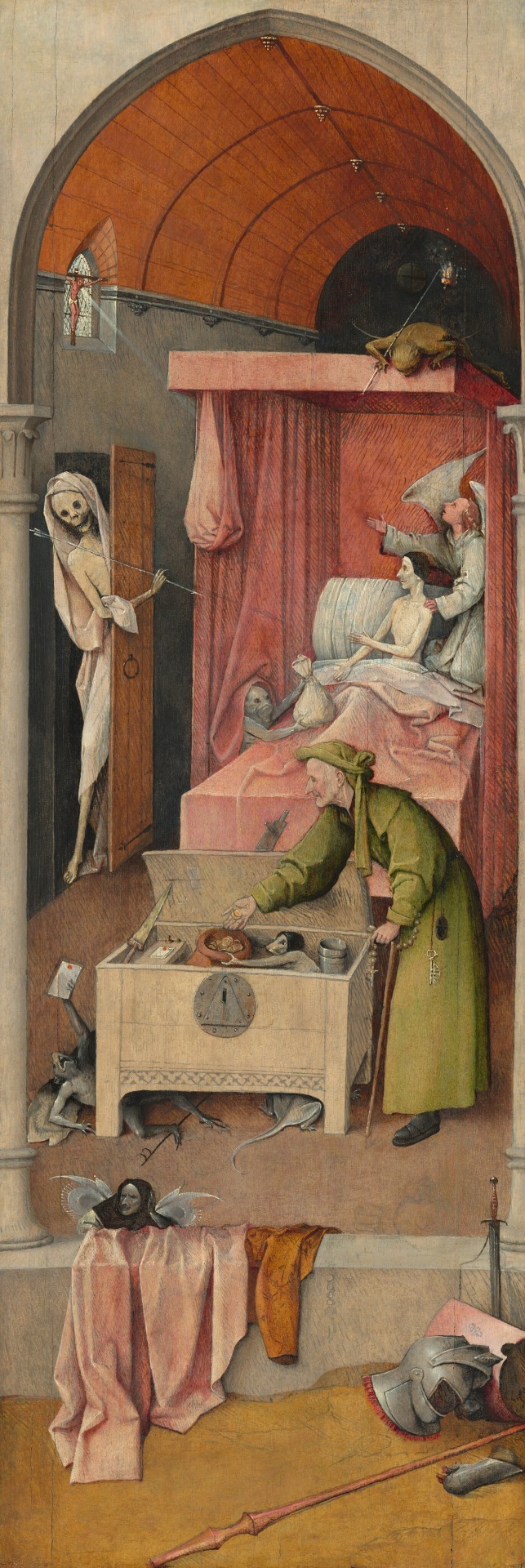

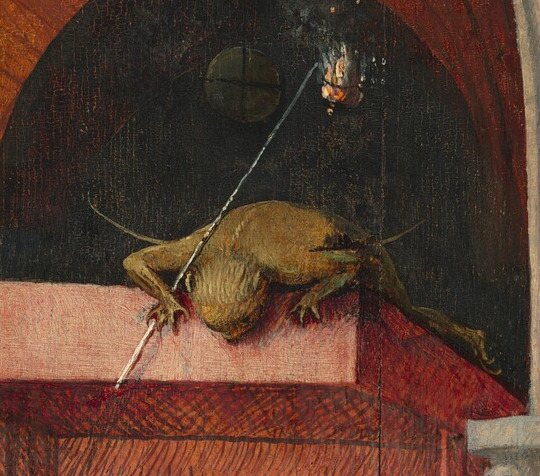



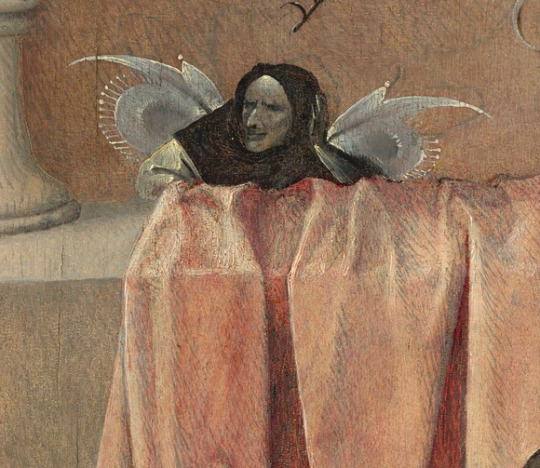
Death and the Miser + Details by Hieronymus Bosch, 1494 or later
#art#painting#dark art#macabre#fantasy#death#reaper#skeleton#some lil gremlins#hieronymus bosch#bosch#that last dude...#mood
686 notes
·
View notes